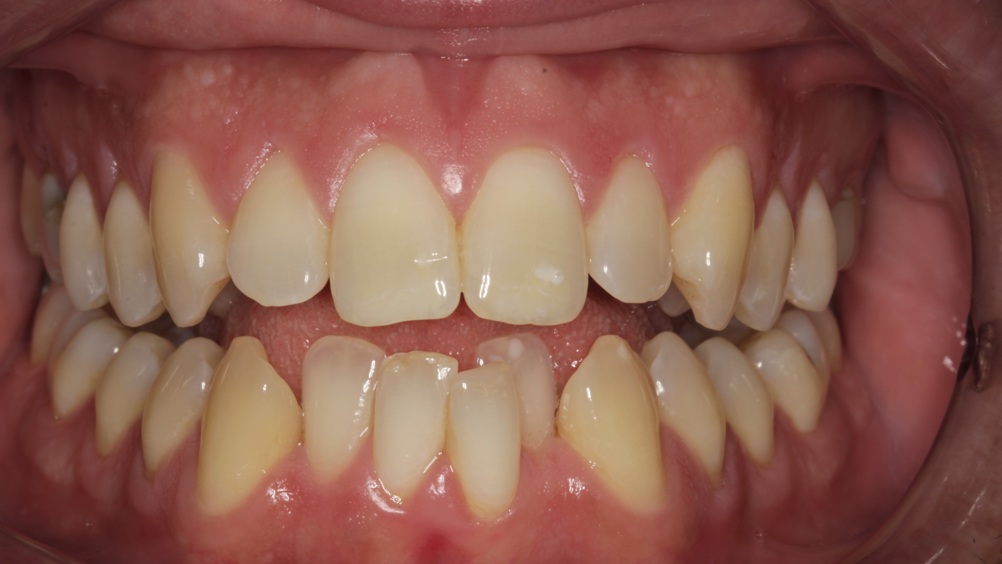Quick, confident smile

Chris Ibbott describes a case involving two removable orthodontic systems and direct bonding.
Chris Ibbott describes a case involving two removable orthodontic systems and direct bonding.
A 29-year-old male patient attended for an initial consultation with concerns about the aesthetics of his dentition. He was not happy with the appearance of his upper four front teeth and, more specifically, his crooked and crowded lower anterior teeth (fig 1).
A full examination was carried out and the appropriate photographs and radiographs were taken. The patient had a class three malocclusion on a class three skeletal base with mild upper and moderate lower anterior crowding (figs 2 and 3). The buccal segment and canine relationships were class three on both sides, with a slightly reduced overjet of 2mm. The overbite was reduced to 1.5mm on the UL1.
The patient’s teeth were generally in very good condition, although a simple posterior restoration was required. Tooth wear was minimal. There was some mild plaque build-up and inflammation, which required therapy from the hygienist prior to commencing orthodontic treatment. There were no temporomandibular joint symptoms and the soft tissues were healthy.
Register now to continue reading
WHAT’S INCLUDED
-
Unlimited access to the latest news, articles and video content
-
Monthly email newsletter
-
Podcasts and members benefits, coming soon!
